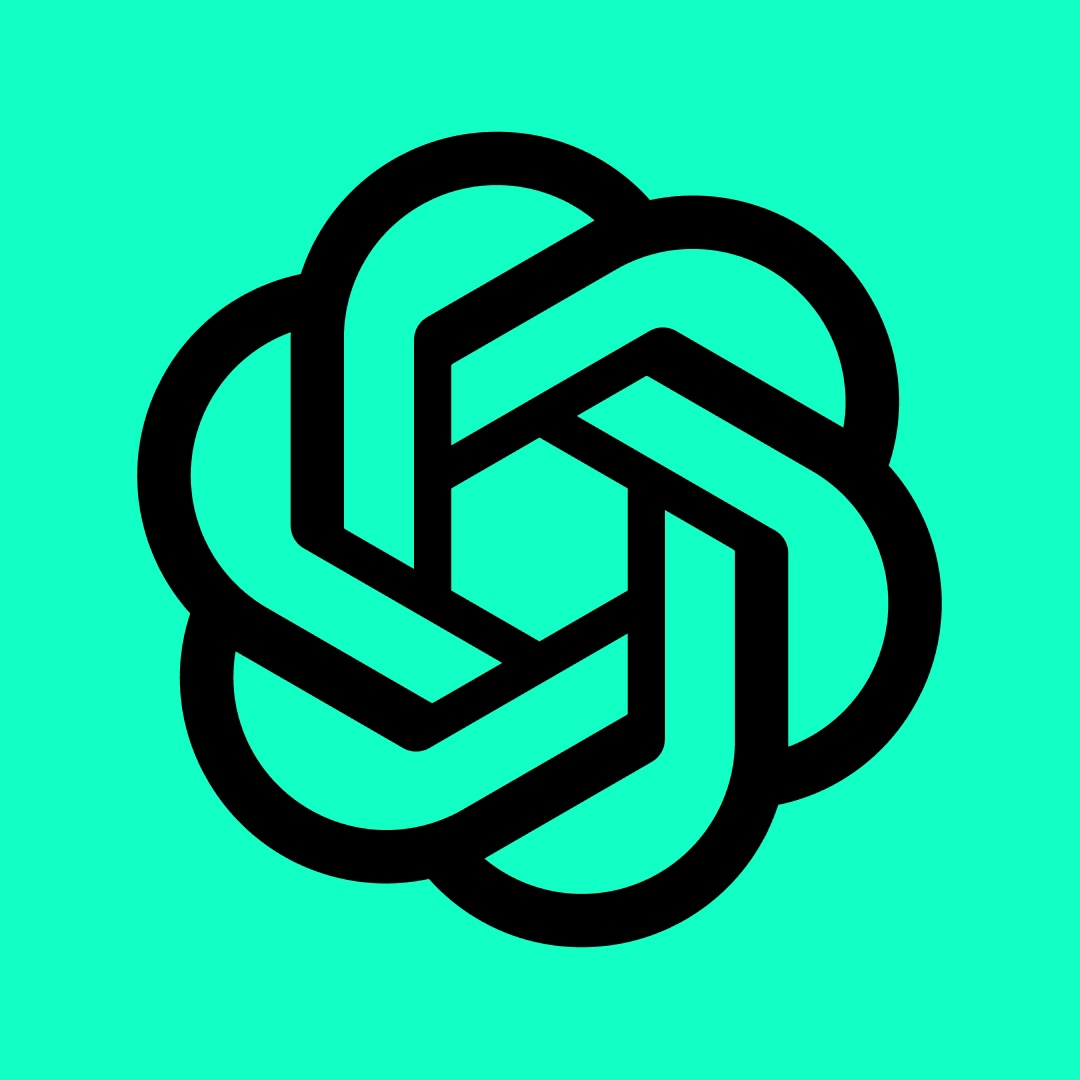
OpenAI launches GPT-4.5 Orion: the most expensive AI model
OpenAI introduced GPT-4.5 under the code name Orion — the largest artificial intelligence model in the company’s history. The new product, which required record computing power and training data volume, demonstrates both impressive achievements and unexpected limitations of the traditional approach to AI development.
Access to GPT-4.5 has already been granted to ChatGPT Pro subscribers ($200 per month) and developers using paid API plans. ChatGPT Plus and ChatGPT Team users will be able to try the model next week. However, the cost of using GPT-4.5 through the API turned out to be unprecedentedly high: $75 per million incoming tokens (about 750,000 words) and $150 per million outgoing tokens, which is 30-15 times more expensive than GPT-4.
According to testing, the new model demonstrates a deeper understanding of the world and increased emotional intelligence. GPT-4.5 beats competitors in 57-63% of cases, especially in professional queries. Among the key improvements are increased creativity, the ability to provide more relevant recommendations in subjective areas, and improved explanation of complex scientific concepts.
The model has particularly excelled in specific tasks such as generating SVG code from sketches, developing game strategies, and checking texts for contradictions. Users note more “human-like” communication and improved “sense of taste” of GPT-4.5.
However, OpenAI acknowledges that the model has not met all expectations. On some tests, it falls short of new “reasoning” models from DeepSeek, Anthropic, and OpenAI’s own developments. This may indicate that the traditional approach to AI training, based on increasing computational power and data volume, is beginning to reach its limit of effectiveness.
Due to high operational costs, OpenAI is considering discontinuing support for GPT-4.5 in its API in the long term. This decision could significantly impact the future development of artificial intelligence technologies and force the industry to seek new approaches to model training.
